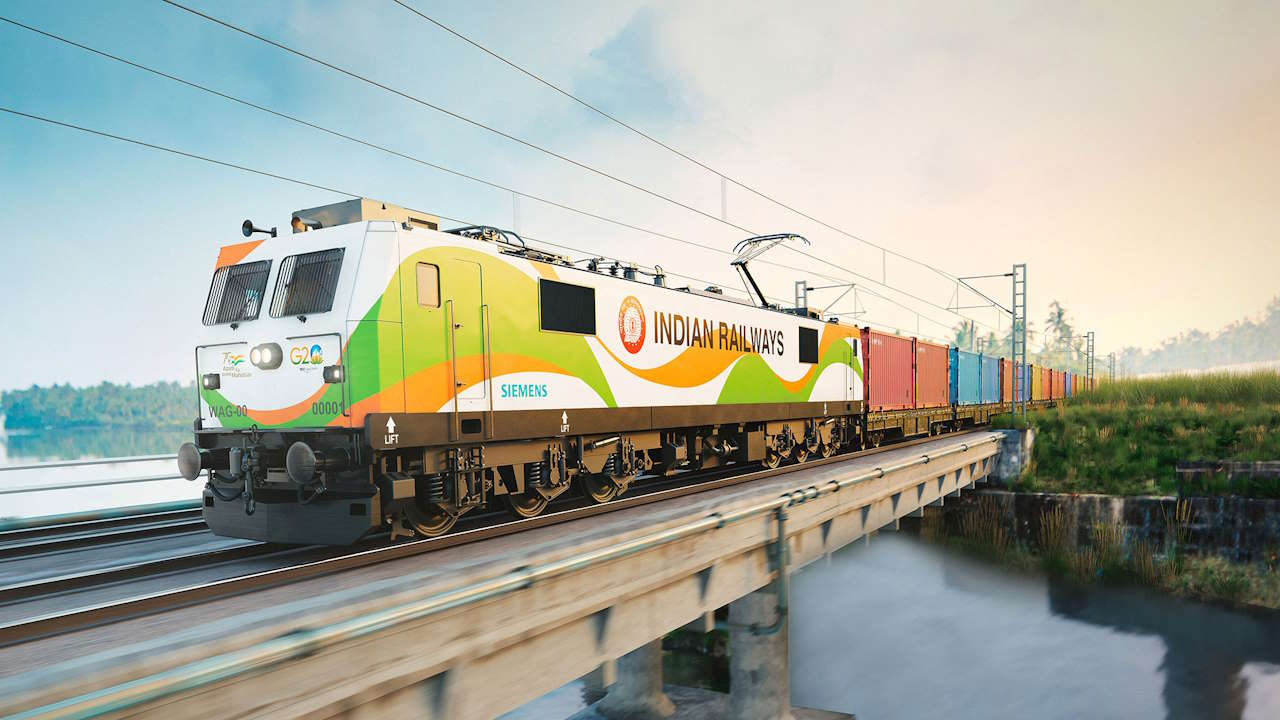Soaring high across a gorge in the rugged Himalayas, a newly finished bridge will soon help India entrench control of disputed Kashmir and meet a rising strategic threat from China.
The Chenab Rail Bridge, the highest of its kind in the world, has been hailed as a feat of engineering linking the restive K valley to the vast Indian plains by train for the first time.
But its completion has sparked concern among some in a territory with a long history of opposing Indian rule, already home to a permanent garrison of more than 500,000 soldiers.
India’s military brass say the strategic benefits of the bridge to New Delhi cannot be understated.
“The train to Kashmir will be pivotal in peace and in wartime,” General Deependra Singh Hooda, a retired former chief of India’s northern military command, told AFP.
Muslim-majority Kashmir is at the centre of a bitter rivalry between India and Pakistan, divided between them since independence from British rule in 1947, and the nuclear-armed neighbours have fought wars over it.
Rebel groups have also waged a 35-year-long insurgency demanding independence for the territory or its merger with Pakistan.
The new bridge “will facilitate the movement of army personnel coming and going in larger numbers than was previously possible”, said Noor Ahmad Baba, a politics professor at the Central University of Kashmir.
But, as well as soldiers, the bridge will “facilitate movement” of ordinary people and goods, he told AFP.
That has prompted unease among some in Kashmir who believe easier access will bring a surge of outsiders coming to buy land and settle.
Previously tight rules on land ownership were lifted after Prime Minister Narendra Modi’s Hindu-nationalist government cancelled Kashmir’s partial autonomy in 2019.
“If the intent is to browbeat the Kashmiri consciousness of its linguistic, cultural and intellectual identity, or to put muscular nationalism on display, the impact will be negative,” historian Sidiq Wahid told AFP.
– ‘Biggest military logistics exercise’ –
India Railways calls the $24 million bridge “arguably the biggest civil engineering challenge faced by any railway project in India in recent history”.
It is hoped to boost economic development and trade, cutting the cost of moving goods.
But Hooda, the retired general, said the bridge’s most important consequence would be revolutionising logistics in Ladakh, the icy region bordering China.
India and China, the world’s two most populous nations, are intense rivals competing for strategic influence across South Asia, and their 3,500-kilometre (2,200-mile) shared frontier has been a perennial source of tension.
Their troops clashed in 2020, killing at least 20 Indian and four Chinese soldiers, and forces from both sides today face off across contested high-altitude borderlands.
“Everything from a needle to the biggest military equipment… has to be sent by road and stocked up in Ladakh for six months every year before the roads close for winter,” Hooda told AFP.
Now all that can be transported by train, easing what Indian military experts call the “world’s biggest military logistics exercise” — supplying Ladakh through snowbound passes.
The project will buttress several other road tunnel projects under way that will connect Kashmir and Ladakh, not far from India’s frontiers with China and Pakistan.
– ‘Holy book’ –
The 1,315-metre-long steel and concrete bridge connects two mountains with an arch 359 metres above the cool waters of the Chenab River.
Trains are ready to run and only await an expected ribbon cutting from Modi.
The 272-kilometre railway begins in the garrison city of Udhampur, headquarters of the army’s northern command, and runs through the region’s capital Srinagar.
It terminates a kilometre higher in altitude in Baramulla, a gateway trade town near the Line of Control with Pakistan.
When the road is open, it is twice the distance and takes a day of driving.
The railway cost an estimated $3.9 billion and has been an immense undertaking, with construction beginning nearly three decades ago.
While several road and pipeline bridges are higher, Guinness World Records confirmed that Chenab trumps the previous highest railway bridge, the Najiehe bridge in China.
Describing India’s new bridge as a “marvel”, its deputy chief designer R.R. Mallick, said the experience of designing and building it “has become a holy book for our engineers”.
News.com.au

